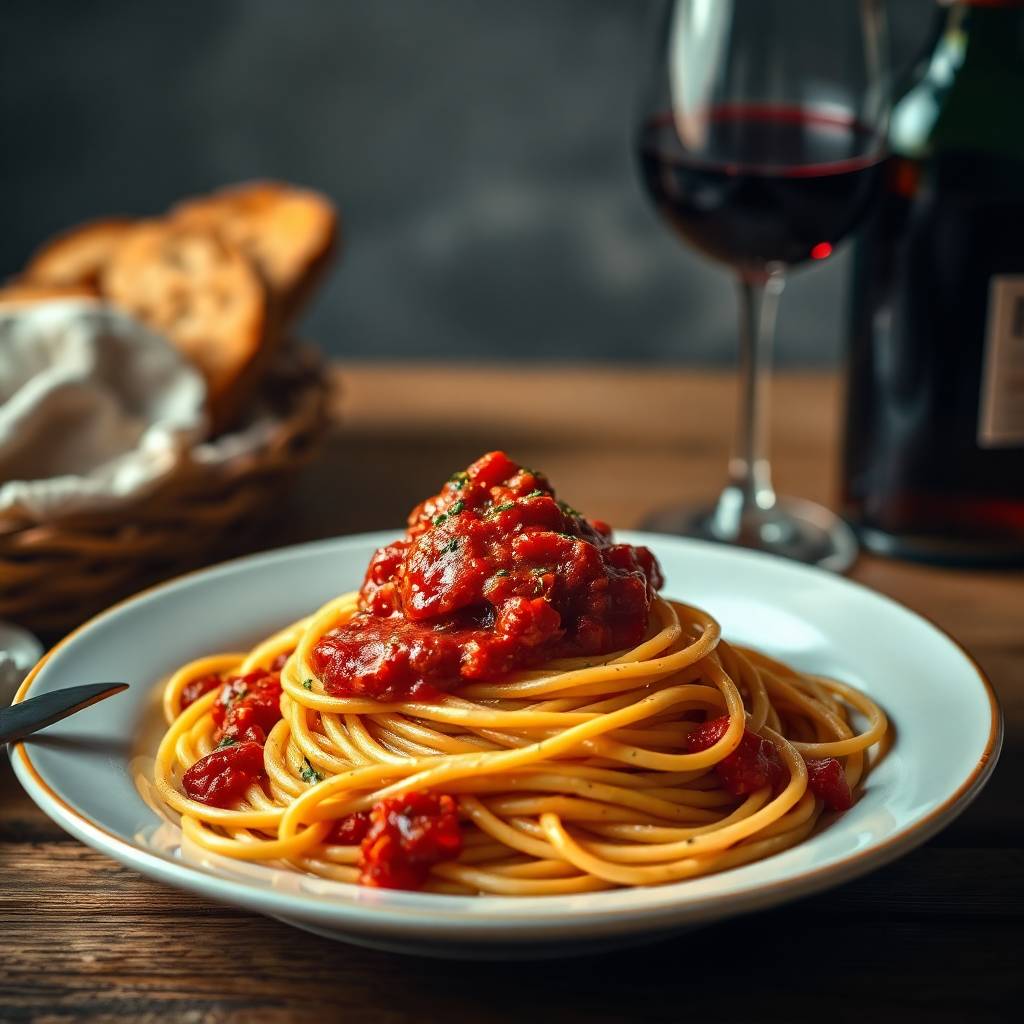Benefits and Challenges of Using Whole Wheat Flour in Pasta Production
- Apr 05, 2025
- 0 Comments
Pasta is a staple food enjoyed worldwide, traditionally made from refined durum wheat semolina. However, growing consumer interest in healthier, nutrient-dense foods has led to increased demand for whole wheat pasta. Whole wheat flour retains the bran and germ, offering superior nutritional benefits compared to refined flour. Despite these advantages, incorporating whole wheat flour into pasta presents challenges, including texture, flavour, and cooking performance. This article examines the nutritional benefits of whole wheat pasta, the potential sensory and technological challenges, and methods to improve its quality and consumer acceptability.
Nutritional Benefits of Whole Wheat Pasta
1. Higher Fibre Content
Whole wheat flour contains the entire grain kernel, including the bran, which is rich in dietary fibre. Unlike refined pasta, whole wheat pasta provides insoluble and soluble fibre, promoting digestive health, reducing constipation, and supporting gut microbiota. High fibre intake is also linked to lower risks of cardiovascular disease and type 2 diabetes.
2. Increased Antioxidant Levels
The bran and germ in whole wheat flour contain phenolic compounds, flavonoids, and other antioxidants that help combat oxidative stress and inflammation. Studies suggest that whole wheat pasta has higher antioxidant activity than refined pasta, potentially reducing the risk of chronic diseases.

3. Improved Blood Sugar Control
The higher fibre content in whole wheat pasta slows glucose absorption, leading to a lower glycemic index (GI) compared to refined pasta. This makes whole wheat pasta a better option for individuals managing diabetes or insulin resistance.
4. Enhanced Protein and Micronutrient Content
Whole wheat flour retains more protein, vitamins (B vitamins, vitamin E), and minerals (magnesium, zinc, iron) than refined flour. These nutrients support energy metabolism, immune function, and overall well-being.
Challenges in Whole Wheat Pasta Production
Despite its nutritional advantages, whole wheat pasta presents several challenges in terms of texture, flavour, and cooking performance.
1. Texture and Mouthfeel
The bran particles in whole wheat flour can disrupt gluten development, leading to a coarser, less elastic dough. This results in pasta that may be grittier, less firm, and more prone to breaking during cooking. Some consumers perceive whole wheat pasta as having a "rougher" texture compared to the smooth, uniform bite of refined pasta.
2. Flavour Profile
Whole wheat pasta has a stronger, nuttier, and sometimes bitter taste due to the presence of bran and germ. While some consumers appreciate this robust flavour, others accustomed to refined pasta may find it less appealing.
3. Cooking Performance
- Increased Cooking Loss: The bran in whole wheat flour can weaken the pasta structure, leading to higher starch release into cooking water, resulting in stickier pasta.
- Longer Cooking Time: Whole wheat pasta often requires longer cooking due to its denser structure.
- Reduced Firmness (Al Dente Quality): The presence of bran interferes with gluten formation, sometimes making the pasta softer and less resilient.

Methods to Improve Whole Wheat Pasta Quality
To enhance the sensory and technological properties of whole wheat pasta, researchers and manufacturers have explored various strategies.
1. Optimising Flour Particle Size
- Finer grinding of whole wheat flour can improve dough cohesiveness and reduce grittiness.
- Studies suggest that moderate particle size enhances protein network formation, improving pasta firmness.
2. Fermentation of Whole Wheat Semolina
- Fermentation with lactic acid bacteria can improve dough elasticity, reduce bitterness, and enhance flavour.
- Fermented whole wheat pasta has been shown to have better texture, higher antioxidant activity, and improved digestibility.
3. Blending with Alternative Flours and Ingredients
- Ancient and Pigmented Wheats (Einkorn, Emmer, Spelt): These varieties offer unique flavours, colours, and additional bioactive compounds.
- Pulse Flours (Lentil, Chickpea): Adding legume flour can improve protein content and texture while maintaining nutritional benefits.
- Vegetable Additives (Green Banana Flour, Cauliflower Powder): These ingredients boost fibre and antioxidant levels while modifying texture and flavour.

4. Pre-Treatment of Bran
- Heat Treatment or Extrusion: Can reduce bitterness and improve water absorption, enhancing pasta structure.
- Enzymatic Treatment: Helps break down bran components that interfere with gluten development.
5. Modified Drying Techniques
- High-temperature drying can strengthen the protein matrix, improving firmness and reducing stickiness.
- Slow drying at controlled humidity helps maintain pasta integrity.

Consumer Acceptability and Market Trends
Despite initial resistance due to sensory differences, consumer acceptance of whole wheat pasta is increasing as health awareness grows. Strategies to improve palatability include:
- Flavour Masking: Blending whole wheat with herbs, spices, or vegetable purees to enhance taste.
- Educational Marketing: Highlighting health benefits to shift consumer preferences.
- Product Innovation: Introducing mixed whole wheat-refined pasta blends for a smoother transition.

Conclusion
Whole wheat pasta offers significant nutritional advantages over refined pasta, including higher fibre, antioxidants, and a lower glycemic index. However, challenges in texture, flavour, and cooking performance must be addressed to improve consumer acceptability. Advances in processing techniques, ingredient blending, and fermentation show promise in enhancing the quality of whole wheat pasta. As demand for healthier pasta options grows, continued innovation will play a key role in making whole wheat pasta a mainstream choice without compromising sensory appeal.
By leveraging these strategies, manufacturers can produce whole wheat pasta that meets both nutritional and culinary expectations, appealing to health-conscious consumers while maintaining the beloved qualities of traditional pasta.











